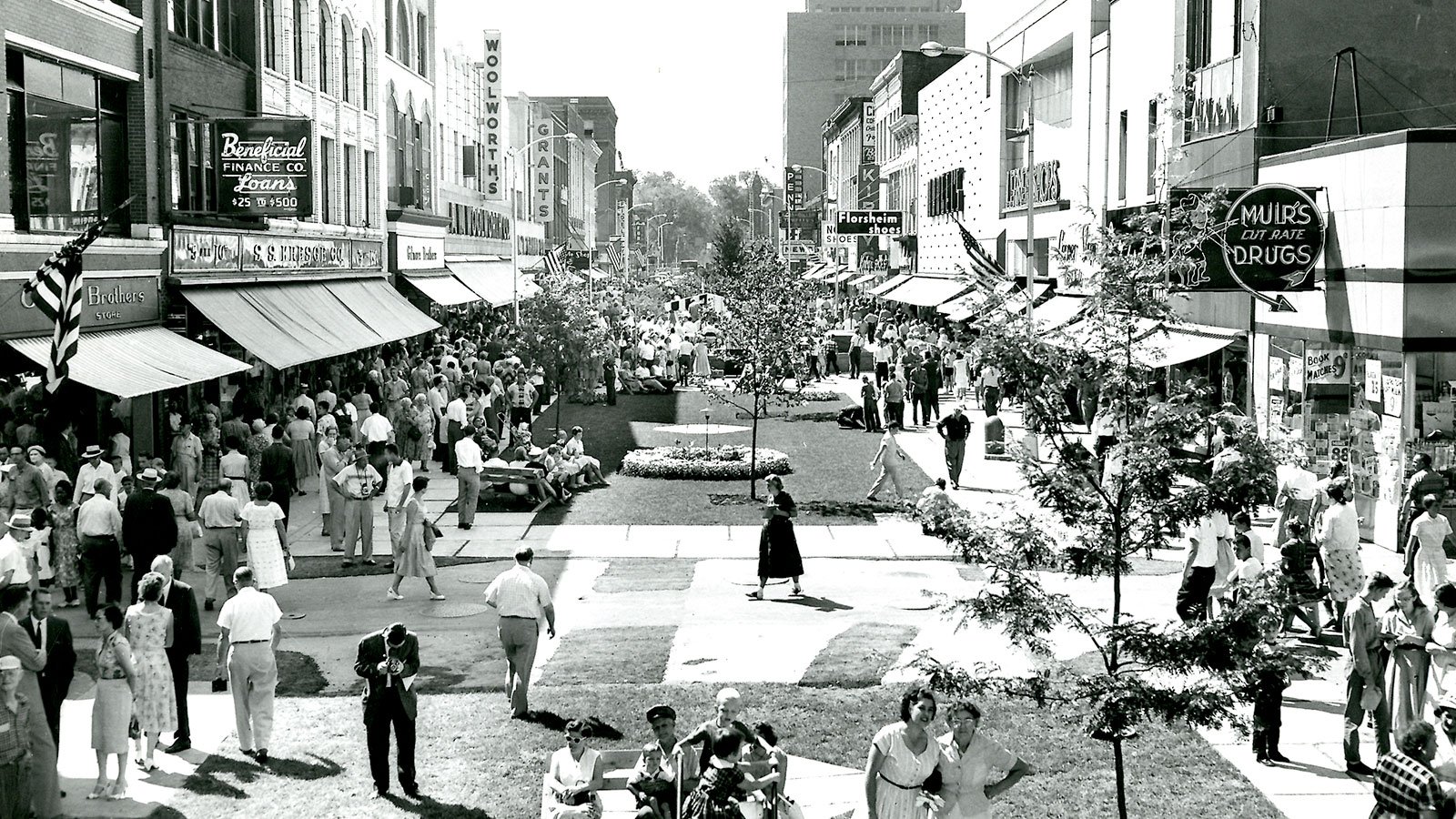What do modernism and malls have in common?
When Victor Gruen designed the first mall in Edina, Minnesota, he had high hopes of creating a new city center for suburban sprawl. He designed Sothdale Mall after the thriving arcades in Europe. But, his full vision was to create a city center complete with homes, medical services, schools, parks, and offices in addition to the shops. It sounds like the live-work-play communities we all long for these days. A utopia that was never fully realized. Through time we see how Gruen’s ideas were diluted, and utopia became palaces for capitalism. Now, we are seeing a massive decline in shopping malls across America caused by a rise in online shopping, leaving behind giant abandoned concrete structures.
Looking at history, we see the same thing happened to the modern architecture movement. Leaders of the movement started with hopes of utopia (i.e. Le Corbusier’s Ville Radieusde in the 1930s) and ended in disaster (i.e. Pruitt-Igoe in St. Louis, Missouri, the urban housing complex built in the 1950s and demolished in the 1970s). The vision became diluted and eventually failed.
To stay afloat, malls are adapting to include medical facilities, churches, schools, and other programs. It’s possible the decline of the mall is what will make Victor Gruen’s vision finally come true.



Comments
Post a Comment